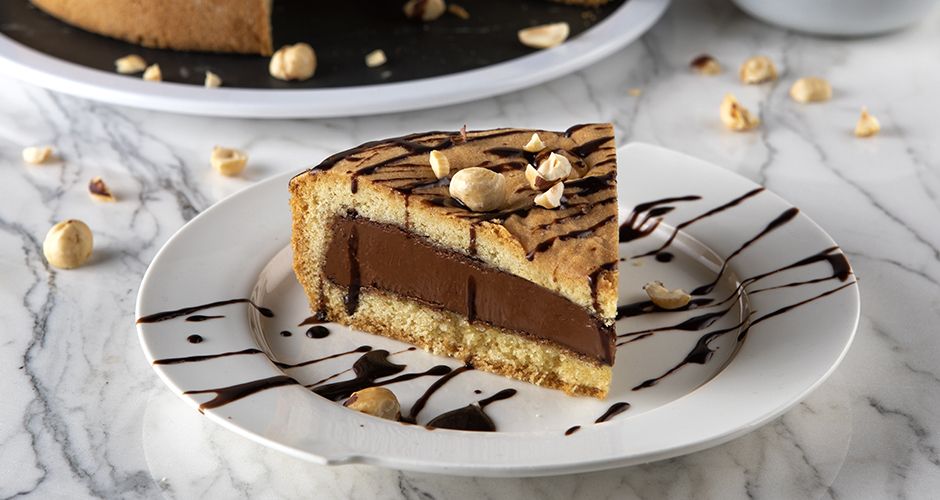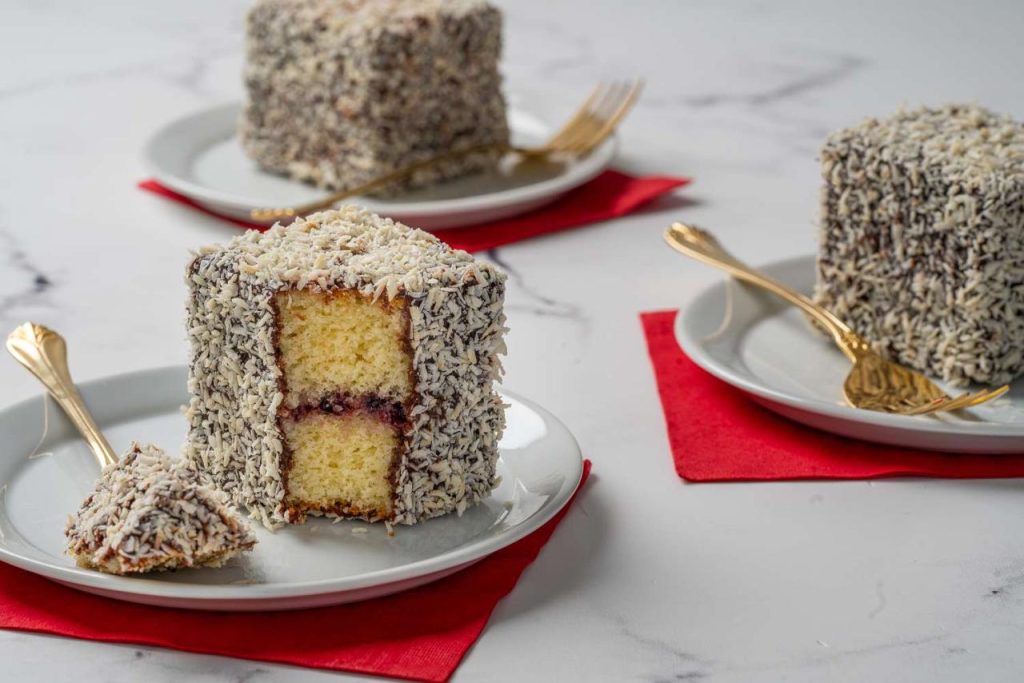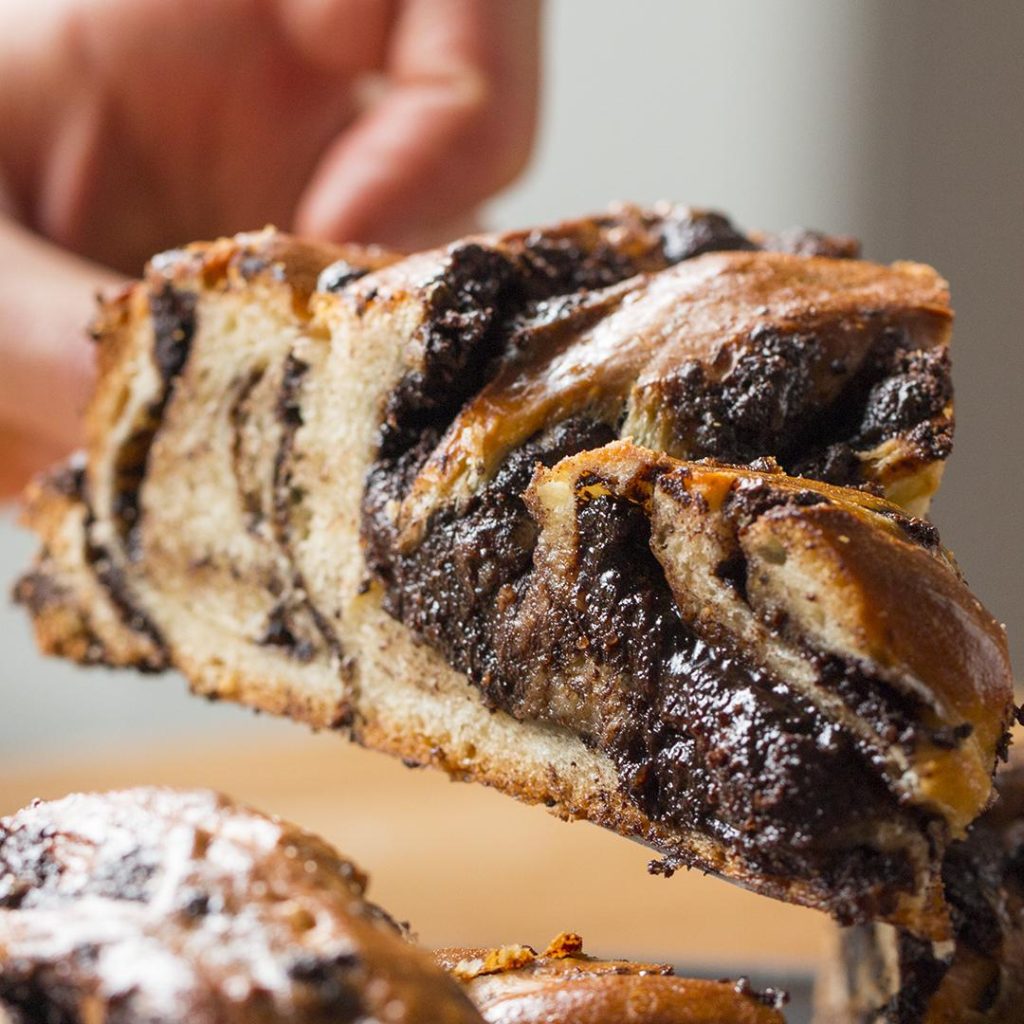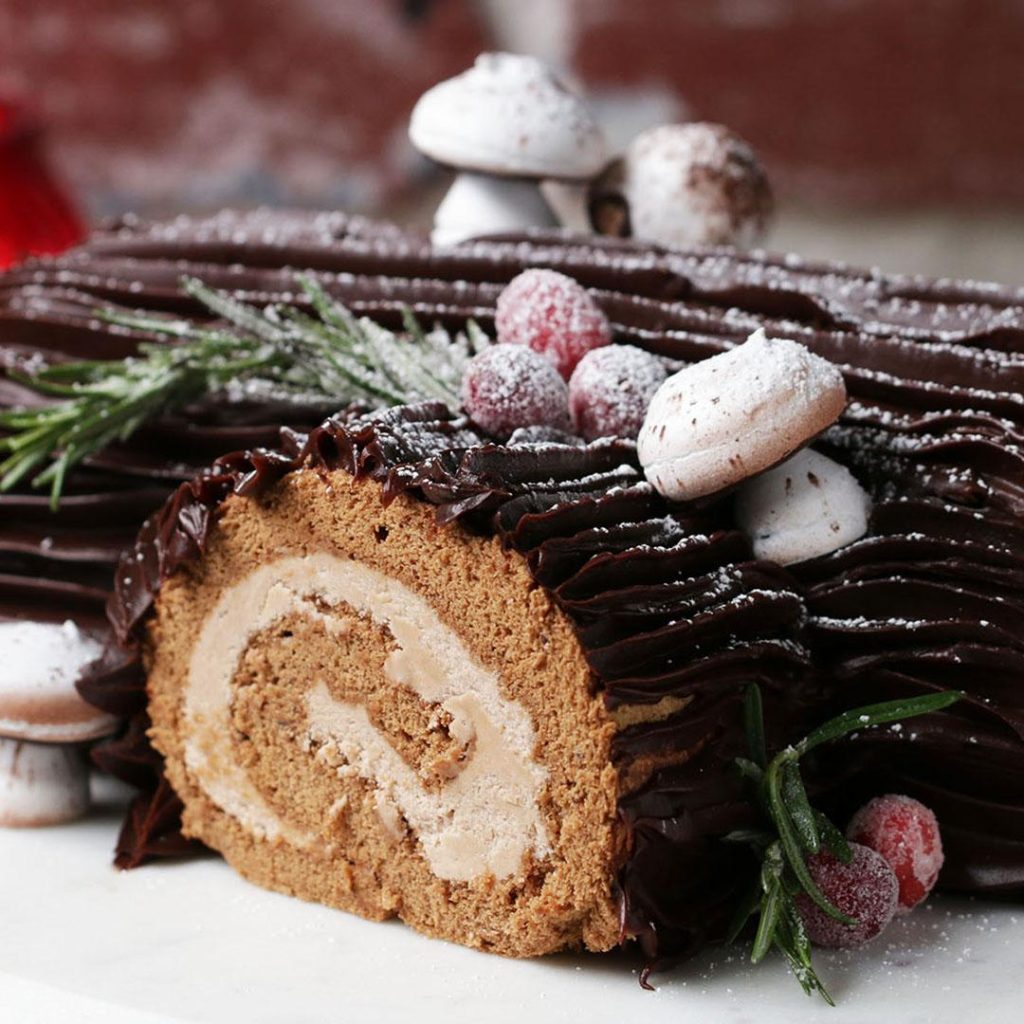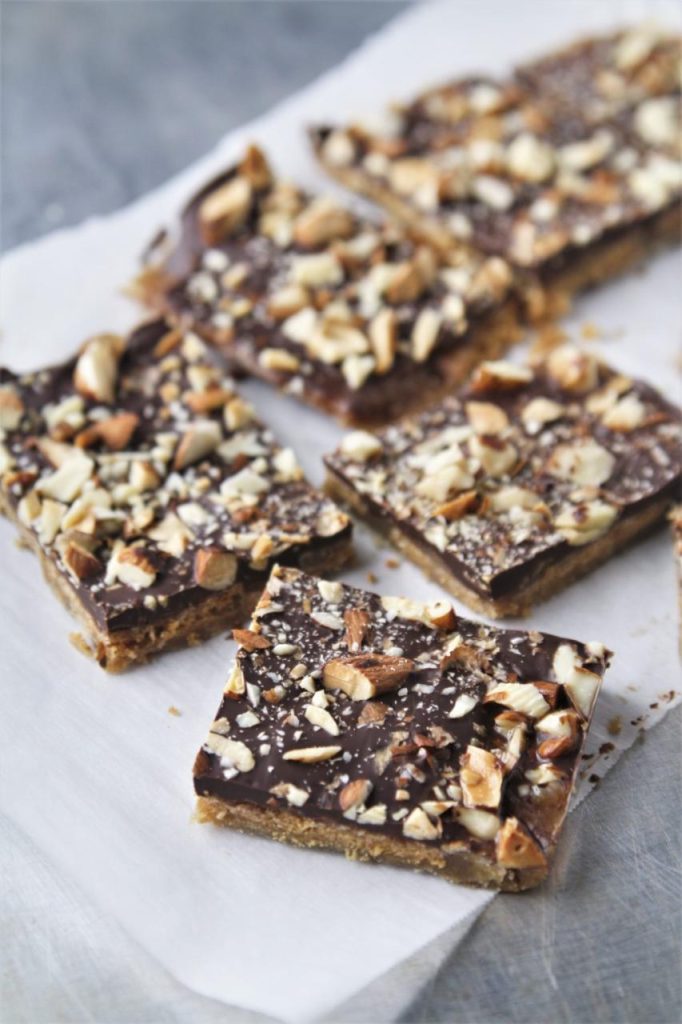Welcome to “The Art of Spanakopita: A Personal Journey into Greek Cuisine,” a Food Easy Recipes dedicated to exploring the rich history and delicious flavors of this beloved Greek classic. Spanakopita, a savory pastry filled with spinach and feta cheese, has been a staple in Greek cuisine for centuries. In this blog, we will delve into the origins of spanakopita, discover the variations of this dish, and learn how to create the perfect homemade spanakopita. Whether you are a seasoned chef or a novice in the kitchen, this blog is for all English-speaking food enthusiasts who want to embark on a culinary adventure through the world of spanakopita. So, grab your apron and get ready to indulge in the irresistible flavors of this Greek delight!
The Origins of Spanakopita: A Brief History of a Greek Classic

Spanakopita, also known as spinach pie, is a beloved Greek dish that has been enjoyed for centuries. It is a savory pastry filled with a delicious mixture of steamed and drained spinach, sautéed onions, feta cheese, egg, and seasonings. This filling is then wrapped in delicate layers of phyllo dough, which gives the pastry its signature flaky exterior.
While the exact origins of spanakopita are difficult to trace, it is believed to have originated in Greece over 400 years ago. Some say that it may be related to a similar Turkish dish called ispanakli. However, the most delicious and authentic spanakopita recipes are said to come from the region of Epirus in Greece.
Today, spanakopita is a popular snack both in Greece and around the world. It can be found in Greek delis, bakeries, and restaurants, where it is typically served fresh from the oven or slightly cooled down, following Greek custom. Its combination of flavors and textures make it a crowd-pleasing treat that can be enjoyed as an appetizer or a snack.
If you’re in Ottawa and craving some spanakopita, Greek on Wheels is the go-to choice for Greek take-out, delivery, and catering services. They offer a wide range of authentic Greek dishes, including spanakopita, made with fresh ingredients and traditional recipes.
Traditional vs. Modern: Exploring Variations of Spanakopita

Traditional spanakopita is a beloved Greek dish that has gained popularity around the world. It is a versatile dish that can be enjoyed as a main dish, starter, or mid-day snack. The main ingredients in spanakopita are spinach and feta cheese, which are mixed with onions, dill, spring onions, and eggs. The eggs help hold the mixture together and give the filling the right texture.
Spanakopita can be made in different shapes and sizes. It can be prepared in a large pan and cut into individual portions, or it can be rolled into individual triangular servings. The choice of shape is up to personal preference.
A mature feta cheese is often used in traditional spanakopita recipes to add a bold and salty flavor. It is important to use just a little salt in the seasoning, as the feta cheese already provides a savory taste.
In Greece, making a traditional spanakopita recipe often requires using homemade phyllo dough or a thicker commercial ‘village’ dough for a rustic touch. Homemade phyllo dough can be made for an authentic spanakopita recipe, but it does require some skill and time. However, if homemade phyllo dough is not readily available, store-bought phyllo dough can be used as a convenient alternative.
Overall, spanakopita is a delicious combination of spinach and feta cheese wrapped in crispy and golden phyllo pastry. Whether you choose to make it traditionally or with a modern twist, spanakopita is sure to be a crowd-pleaser and a hit with your guests.

Spanakopita (Spinach Pie)
Ingredients
Method
- Break the 10 eggs and place them into a bowl.
- Mix the eggs together.
- Take the Feta cheese and grate it, placing into the bowl with mixed eggs.
- Mix the eggs and the Feta cheese together. Grate the green onions and the spinach into a separate bowl.
- Slice the dill into very small portions and place into the bowl with the spinach.
- Place 25ml of olive oil into the spinach bowl. Now place the contents of both bowls together and mix thoroughly.
- Line the bottom of a baking pan with olive oil. Place 2 sheets of Filo covering all the baking pan. Place some olive oil all over the Fila. Place another Filo on top of these Fila covering them. Take a spoon and use it to take from the bowl portions of the mixture placing it all over the Fila.
- Repeat the procedure until you run out of Fila. Make sure you leave one spoon of the egg, cheese, and spinach mixture in the mixing bowl. Make sure all the mixture is used.
- All that should be left in the bowl is the juice of the spinach mixture. Take the bowl and pour all its' contents on top of the last filo, covering it.
- Place in the oven at 400 degrees Fahrenheit for 20 minutes.
Video
Notes
Gluten-Free and Dairy-Free Options: Adapting Spanakopita to Dietary Restrictions

Now that we have discussed how to adapt spanakopita to be gluten-free and dairy-free, let’s delve into the specifics of these alternative options.
Traditionally, spanakopita is made with a filling of spinach and feta or Kefalotyri cheese, wrapped in filo pastry. However, for those with dietary restrictions, finding gluten-free filo pastry can be challenging. Fortunately, it is possible to make homemade gluten-free filo pastry that turns out crispy and close to the real thing. By using a combination of gluten-free flours and carefully rolling out the dough, you can enjoy the same delicious texture.
When it comes to the size of spanakopita pastries, it’s entirely up to you. You can create bite-sized pastries or larger ones, depending on your preference. The flexibility allows you to adapt the recipe to suit your individual needs.
One of the great advantages of spanakopita is that it freezes well. If you find yourself with extra pastries, you can pack them snugly into a baking tray and cover them with plastic film. They can be cooked straight from frozen, making them a convenient option for unexpected visitors or a quick meal.
If you have leftover filling, it can also be frozen on its own in an airtight container. This way, you can easily whip up a batch of spanakopita whenever the craving strikes.
Assembling spanakopita does require practice, especially when working with filo pastry. However, with time and patience, you will become more adept at creating the perfect pastry. Don’t be discouraged if your first attempts are not picture-perfect; the taste and flavors will still shine through.
In the next section, we will explore some creative ways to serve and enjoy your gluten-free and dairy-free spanakopita. So, stay tuned for some mouthwatering ideas that will delight your taste buds and impress your guests.
Serving and Pairing: Tips for Enjoying Spanakopita with Friends and Family

Spanakopita, the delicious Greek spinach and feta pie, can be enjoyed in different ways – as hors d’oeuvres or as a side dish. But serving and enjoying Spanakopita can be made even easier by using phyllo pastry instead of traditional triangles. By rolling up the filling in phyllo pastry, you can create a tasty and elegant side dish that is perfect for entertaining.
When it comes to pairing Spanakopita with wine, it’s important to find the right match that enhances the flavors of the dish. The saltiness of the cheese in Spanakopita calls for something crisp to offset it. Sauvignon Blanc, Pinot Grigio, and Greek Assyrtiko are all recommended wine options that complement the flavors of Spanakopita. Another great choice is a dry Rosé with herbal tones.
However, it’s worth noting that red wines may not be the best choice for pairing with Spanakopita. The salt in the dish can accentuate the alcohol in the wine, while the tannins can intensify the saltiness of the food. If you do prefer red wine, opt for a light-bodied, low-tannin red like a light Beaujolais or Valpolicella Classico.
If you find yourself with leftover phyllo dough, don’t let it go to waste. There are plenty of other delicious recipes you can make with it. Try making Apple Strudel, Prosciutto and Pepper Phyllo Cups, Reuben Sandwich Strudel, or Vegetable Strudel. These recipes will not only help you utilize the leftover dough but also provide you with more tasty treats to enjoy.
So whether you’re serving Spanakopita as an appetizer or as a side dish, remember to choose the right wine pairing to enhance the flavors. And if you have some phyllo dough left over, get creative and try out some new recipes. Spanakopita is a versatile and crowd-pleasing dish that is sure to impress your friends and family.
To Wrap Up
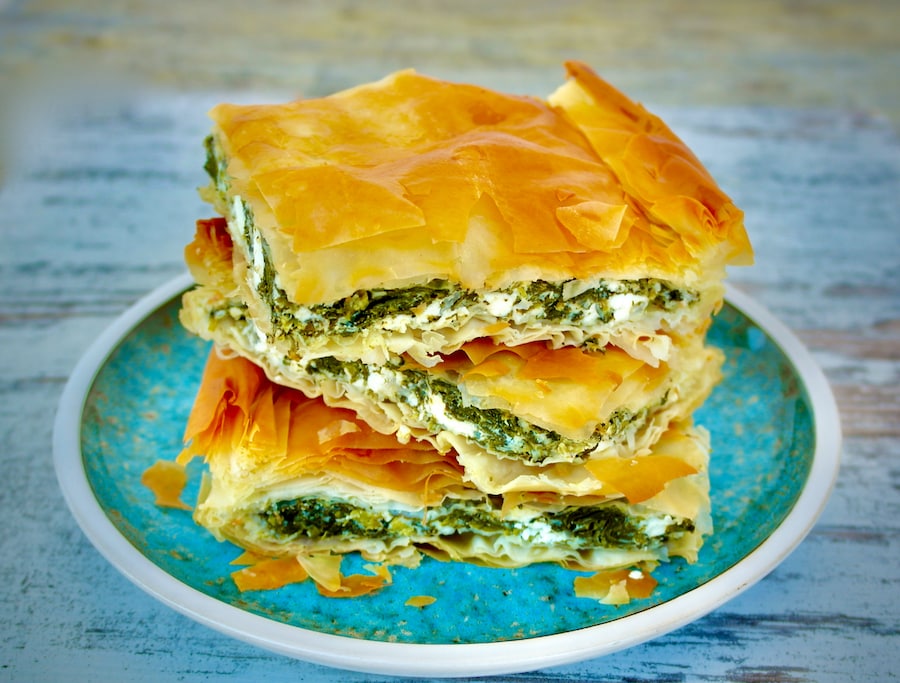
As we conclude our journey into the art of spanakopita, we hope you have gained a deeper appreciation for this iconic Greek dish. From its humble beginnings to its modern variations, spanakopita has stood the test of time and continues to bring joy to food enthusiasts around the world. Whether you prefer the traditional recipe or opt for a gluten-free or dairy-free adaptation, making spanakopita at home is a rewarding experience that allows you to savor the flavors of Greece in your own kitchen. So, gather your loved ones, serve up a platter of warm spanakopita, and create lasting memories with every bite. Cheers to the art of spanakopita!
